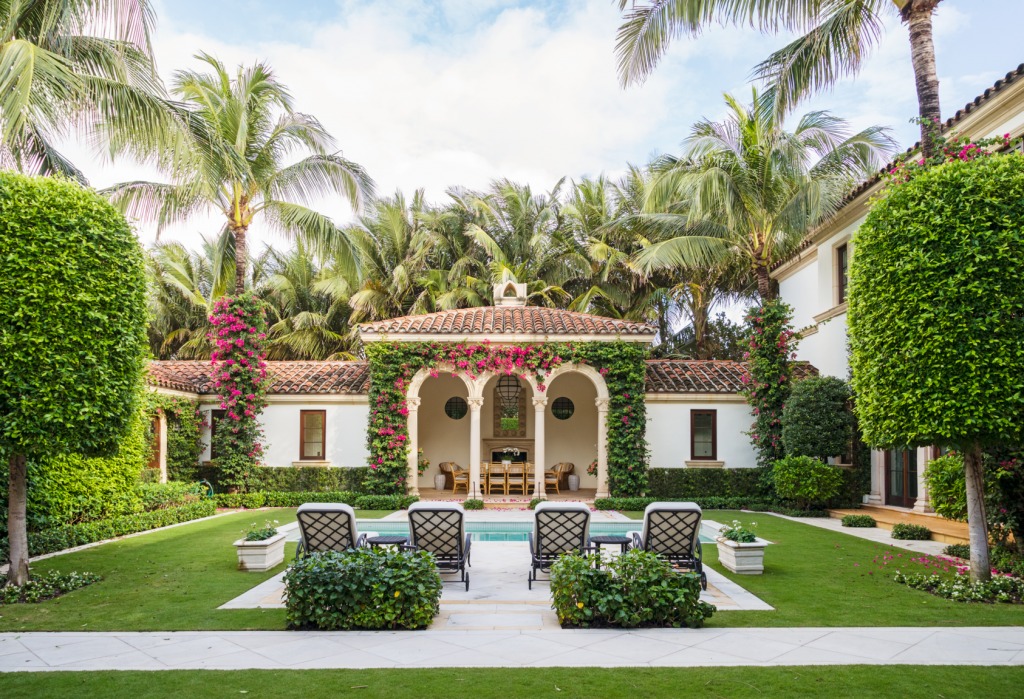Are you looking to transform your outdoor space into a beautiful and serene oasis? Designing your own vegetable garden can be an enriching and enjoyable experience, allowing you to create a personalized outdoor retreat that reflects your unique style and personality. But where to start? With so many design elements to consider, it can be difficult to know where to start.
In this blog, we will share some tips and advice for designing your beautiful vegetable garden. From choosing the right plants to creating a focal point and integrating lights and water features, we’ll walk you through the key steps to creating a garden to spend time in. Whether you are an experienced gardener or a beginner, these tips will help you create a space that is not only beautiful, but also functional and easy to maintain.

Start designing your garden
Choosing the right location: Choosing the right location is one of the most important steps in the design of a vegetable garden. To begin with, choose an area with sufficient sunlight. Most plants need at least six hours of direct sunlight a day, so choose a place that is not too shady. Take into account the orientation of your garden and make sure it is oriented in the right direction to maximize sun exposure. You should also test your soil to make sure it has the right pH balance for the plants you want to grow. If the soil is too acidic or too alkaline, the plants may not thrive. Finally, let’s think about accessibility. If you plan to spend a lot of time in your garden, you want to make sure that it is easy to access and that you have a clear path to get there.
Create a garden laout Start designing your garden in a garden planner. Indicate the size and shape of your garden. Consider using raised beds or dividing your garden into sections depending on what you plan to grow. This will facilitate the management and maintenance of your garden. You should also think about how you want to access your garden. Do you want to create paths or paths in your garden? Will you need a barrier or fence to prevent animals or children from entering? Using an online garden planner to properly organize your design will help you avoid making mistakes when actually planning your garden outside.
Plan for several seasons: A large garden is a garden that blooms all year round, so it is important to plan for several seasons. Consider planting bulbs that bloom in early spring, followed by annuals in summer, then autumn-flowering perennials. You can also add evergreen plants that look great all year round. When planning your garden, think about the colors and textures of the plants you want to include. Mixing different colors and textures can create a beautiful and interesting landscape.

Advanced garden design considerations
Consider mate seeding: Mate seeding is about growing different plants together that have a beneficial effect on each other. For example, planting marigolds near tomato plants can help repel pests such as nematodes. Similarly, planting basil near tomato plants can help improve the flavor of tomatoes. By understanding which plants complement each other, you can create a healthy and productive garden.
Add vertical elements: Vertical gardening is a great way to maximize your space and grow more plants. Consider using trellises, poles, or metal cages to support climbing plants such as beans, cucumbers, and tomatoes. You can also grow drink plants such as grapes or ki ki The use of vertical elements not only increases the growing space, but can also add visual interest to your garden.

Add lighting: Outdoor lighting can add a new dimension to your garden, making it a magical place to be in the evening. You can use fairy lights, solar lamps or even install spotlights to highlight key elements such as trees, shrubs or statues. Adding lighting not only improves the aesthetics of your garden, but can also make navigation safer at night.
Create a Water feature: A water feature such as a fountain, pond or small stream can bring a sense of tranquility and relax Water features can also attract birds and other wildlife to your garden, adding to its natural beauty. When planning a water feature, make sure it is in an easy-to-reach place and fits the overall design of your garden.




